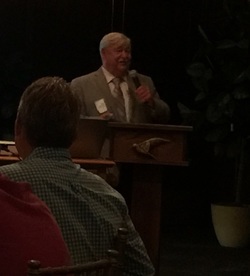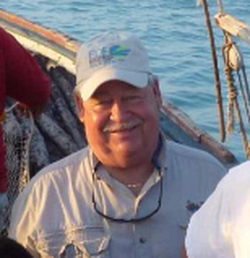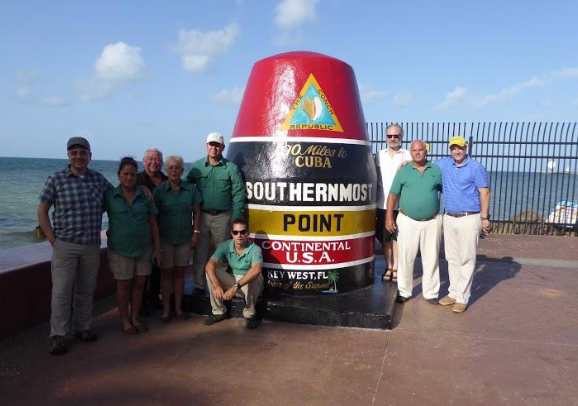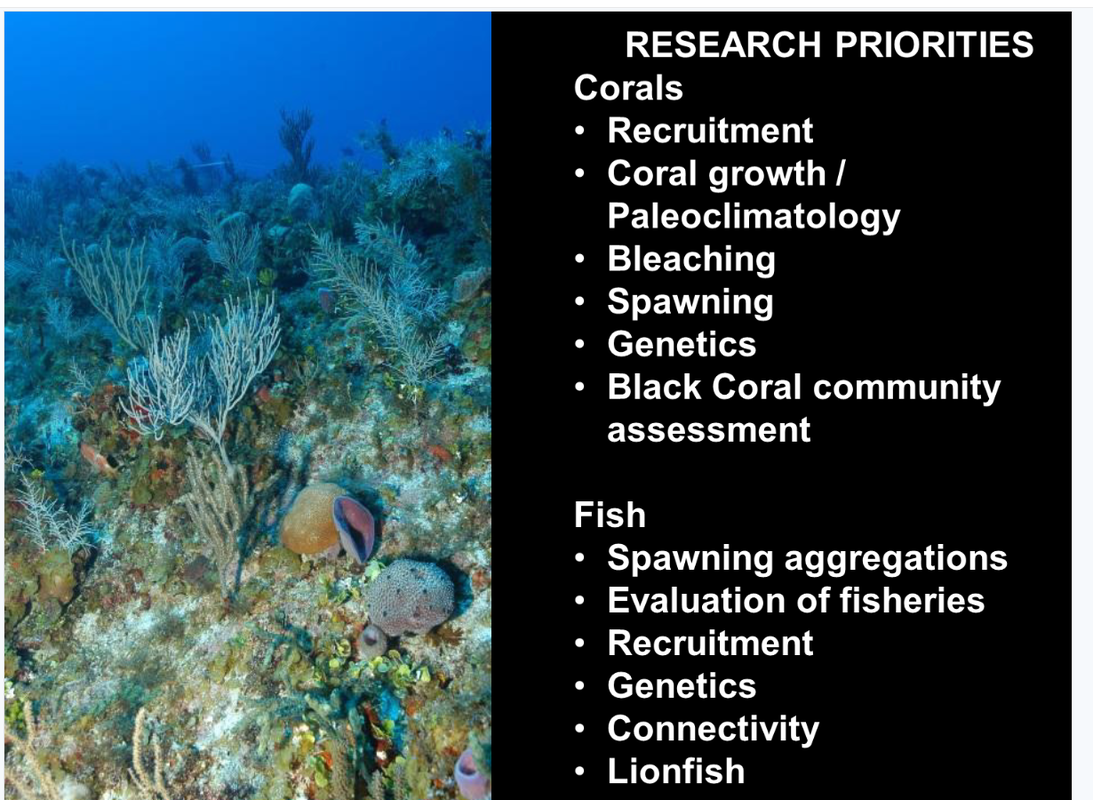U.S. and Cuba are Connected in Many Ways
 Billy Causey (NPBL Photo) Billy Causey (NPBL Photo)
"We are tied to the ocean. And when we go back to the sea, whether it is to sail or to watch - we are going back from whence we came." -- John F. Kennedy
By GERRY BARKER North Palm Beach Life Billy Causey has ties to the sea that are deep and wide. As the NOAA (National Oceanic and Atmospheric Administration) director in charge of National Marine Sanctuaries, with over 30 years of experience, he knows firsthand how life on land and sea are interconnected. Causey spoke to that at the recent Marine Industries Association of Palm Beach County dinner, held at Sandpiper's Cove Restaurant in North Palm Beach, where the topic was "The Allure of Cuba." It was almost a year ago when Causey's boss, former astronaut Dr. Kathryn Sullivan, Under Secretary of Commerce for NOAA, signed the first agreement between the United States and Cuba in over 60 years. NOAA joined with the National Park Service to sign a Memorandum of Understanding with Cuba’s Ministry of Science, Technology, and Environment "to facilitate joint efforts concerning science, stewardship, and management related to Marine Protected Areas (MPAs)." Causey pointed out Cuba and the U.S. are connected by water and socially in many different ways. "Over 25 percent of their coasts are marine protected areas," he said. "They are ahead of us in many ways in their management plans and handling their resources." Another aspect of the agreement sets up "sister sanctuaries" between the two countries, as stated by this press release from NOAA: "The MOU also includes a sister MPA program to foster conservation and understanding of natural marine resources in both countries, sharing technical and scientific data, and promoting education and outreach initiatives." Causey said the U.S., Mexico and Cuba have been discussing joint initiatives for several years. Areas involved in the "sister" program include Guanahacabibes National Park in Cuba, including its offshore Bank of San Antonio, and the Flower Garden Banks, Florida Keys National Marine Sanctuaries and the Dry Tortugas and Biscayne national parks managed by the National Park Service. "The Cubans are very interested in recreation and ecotourism, but are not prepared for it yet," said Causey. "We can help them." Another joint concern is controlling the lionfish, an invasive species that can wreak havoc on coral reef systems. Also an issue -- oil and gas exploration. The Bank of San Antonio is surrounded by petroleum industry development, and Causey said the Cubans want to know how the U.S. has worked with that industry in the Gulf of Mexico, where there are over 4,000 rigs. In July, Causey hosted a meeting with Cuban officials in the Florida Keys. One of the Cubans asked, "How many boats are in the Keys?" He told him, one in every three people own a boat, and there are 90,000 year-round residents. "How many do you think they want to come to Cuba?" the official asked. "All of them," Causey replied. With the recent move toward normalizing relations, they all agree it's time to kick getting ready for tourism into high gear. |

Billy Causey is the Southeast Regional Director for the National Oceanic and Atmospheric Administration's (NOAA) Office of National Marine Sanctuaries. He has managed Sanctuaries in the Florida Keys since 1983, when he became the Manager of the Looe Key Sanctuary. He served as the Superintendent of the 2900 snm Florida Keys National Marine Sanctuary from August 1991 to September 2, 2006, when he assumed his current position. Dr. Causey was the lead NOAA official in the development of the management plan for the Keys Sanctuary. He was responsible for establishing the first comprehensive marine zoning plan for the United States.
|


